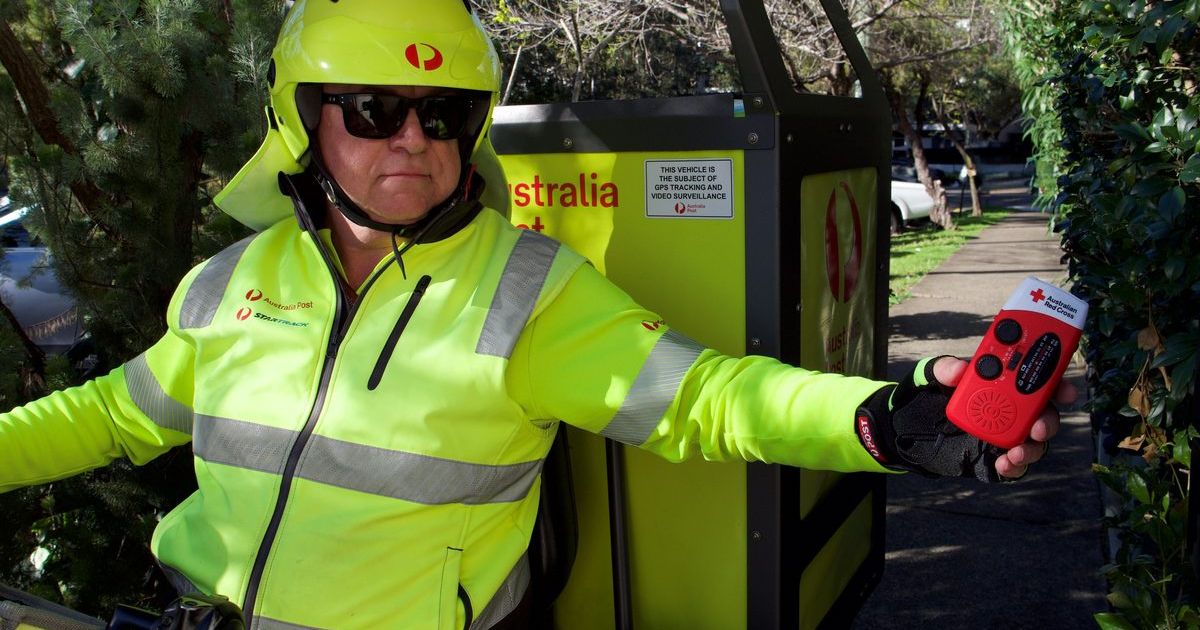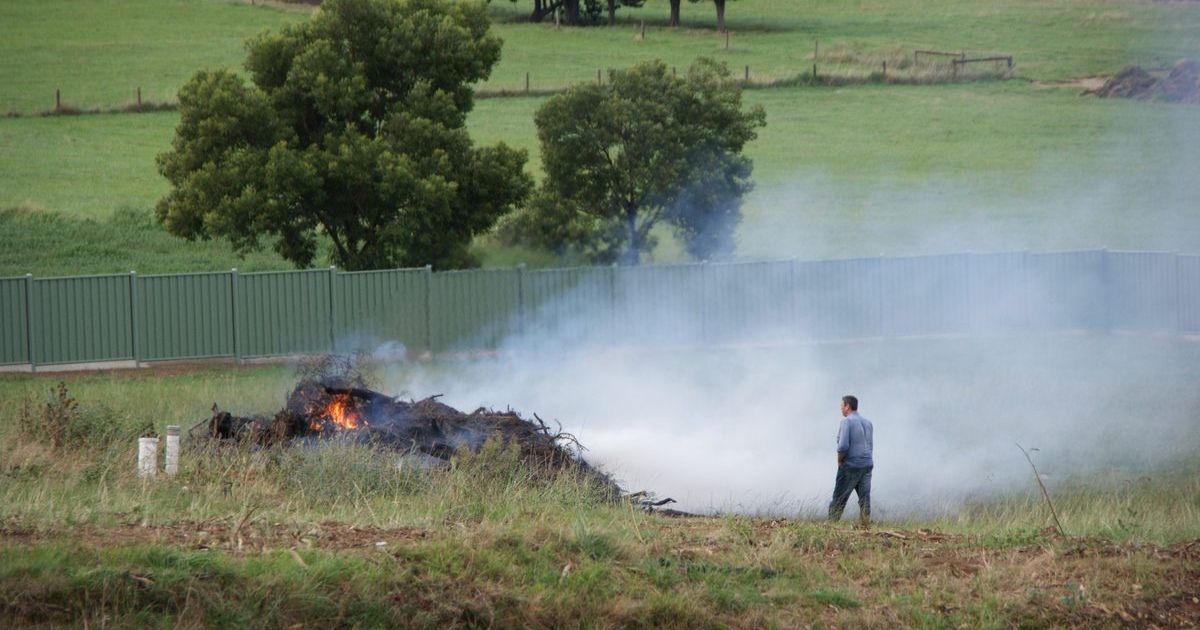Heathcote remembered part one

Early days: The McIvor diggings attracted thousands of gold seekers in the 1850s. Image: STATE LIBRARY OF VICTORIA
IN NOVEMBER 1913 the McIvor Times published a short history of the Heathcote district.
This first extract covers early European settlement with its vast pastoral runs, and how quickly the appearance and character of the area changed when thousands of people flocked to the McIvor diggings in the 1850s.
Present-day Heathcote is also recognisable in the description of its “long centre” and elongated shape.
The early history of the Heathcote district dates back to a period before the proclamation of the state or, as it was first known, the Colony of Victoria.
Squatters ran their sheep over the hills and valleys and plains of the spacious area of which the township of Heathcote is now the administrative and trading centre.
In these days, the Two-Chain Road, a portion of which is now known as High Street, was a stretch of the main highway from Melbourne to the Murray, and beyond.
The drivers of the teams found a nice camping spot on the west side of McIvor Creek, now covered by the business places and private houses of Heathcote.
Certainly, the site was picturesque with the ranges of hills on both the east and west sides, Mount Ida standing boldly up above them all.
With the discovery of gold in 1852 a stirring period began.
Thousands of men flocked to the McIvor diggings as they were well known, and almost in the twinkling of an eye there were upward of 50,000 men on the field.
They dug and dug with feverish haste, and in a short space the grass slopes and verdant flats resembled nothing so much as countless ant hills.
Of that era scarcely a survivor remains.
The representatives of the Government of the day were on the scene early, and planned an elaborate town site on the north end of the present township.
The scheme still looks well on paper with its neatly shaped “crescents” and ” places” and many other curves, which to-day are perhaps only elsewhere seen on the plans of the Federal capital.
But man proposed and gold disposed.
The diggings at the south end were just then turning out the bulk of the gold, and the shops and houses were built as close to the centre of the excitement as the holes would permit.
Looking at Heathcote today anyone would say it was a long “centre,” for High Street, containing nearly all the business places and probably the majority of the private homes, runs upwards of three miles to South Heathcote.
Perhaps the proximity of the McIvor Creek on the east and the smaller hills on the west had also something to do in stretching the town into such an elongated shape.
Along this interesting highway of half street and half town are still many relics of the gold fever days.
Here and there are large stone buildings bearing visible evidences of a long and strenuous past.
Their architecture in some instances resembles places being ” discovered ” in old parts of Melbourne and Sydney.
One of these structures is the Northumberland Arms Hotel.
The name suggests the native county of a number of the early diggers.
The personality and career of John Baragwanath, the man who built it, is quite as interesting. He was of the robust type physically and mentally.
Although a pioneer teamster, the diggers sent him to the legislature as one of the first representatives of Rodney. Baragwanath did not discard his teamster apparel.
When he rubbed shoulders with them he must have made his fellow members uncomfortable, particularly the more aristocratic, who for years after religiously clung to the silk top hat and frock coat.
Neither the “friendly advice,” satire, nor snubs wore down Baragwanath’s determination to appear in public as was his habit in private life.


















